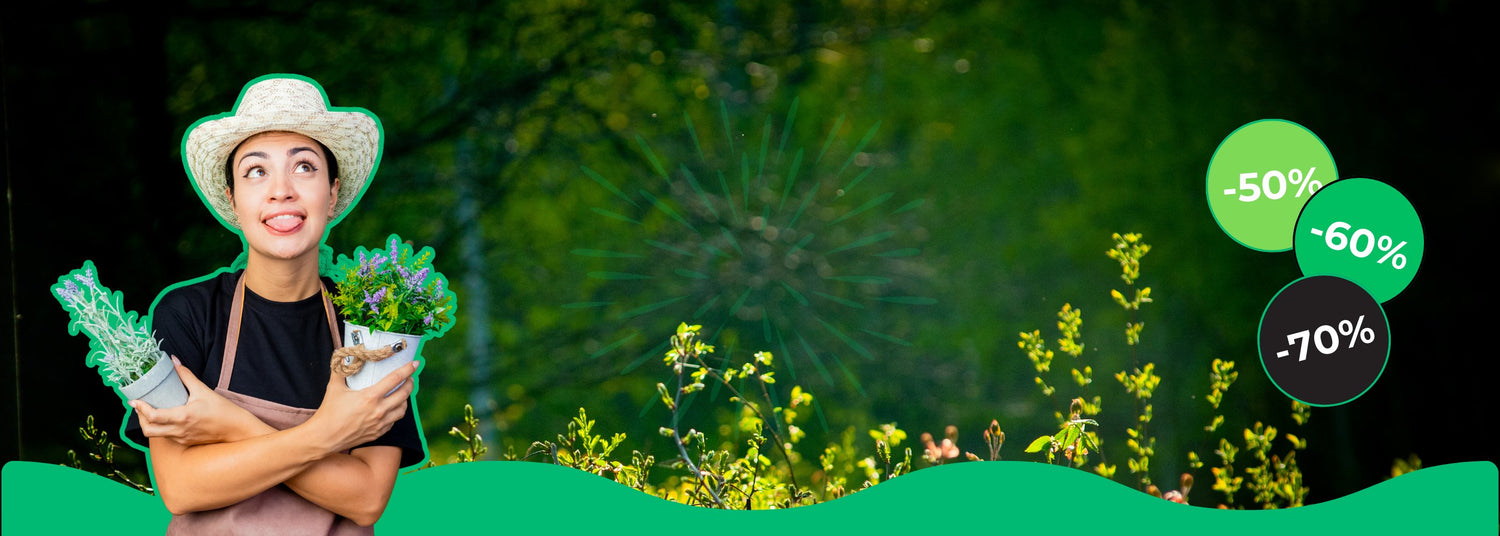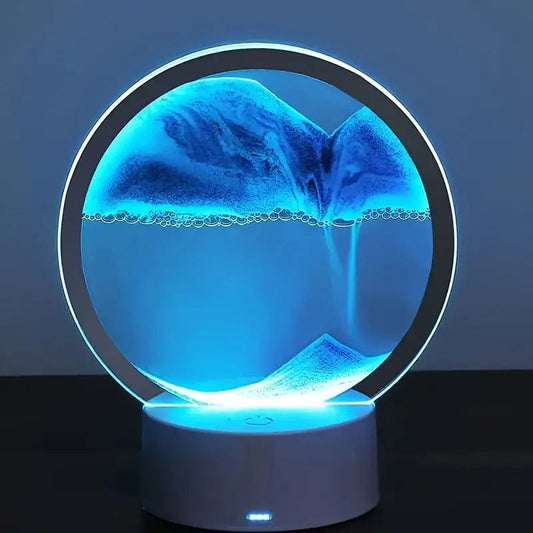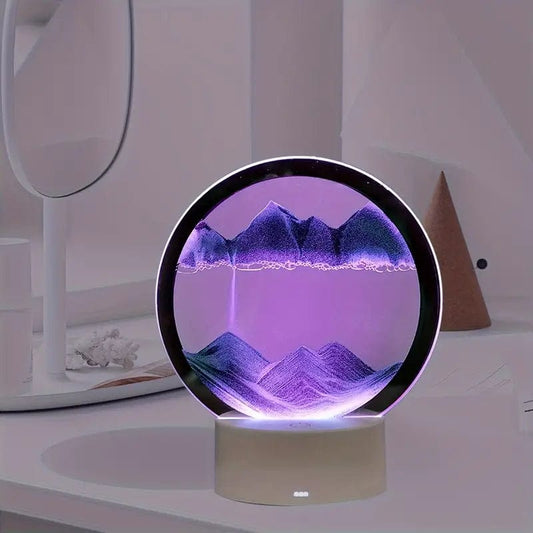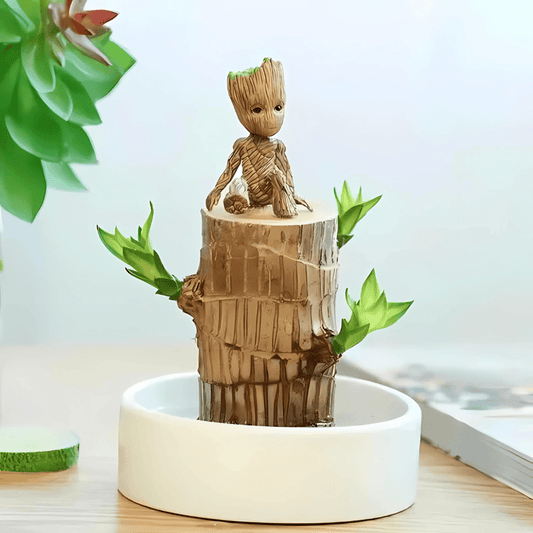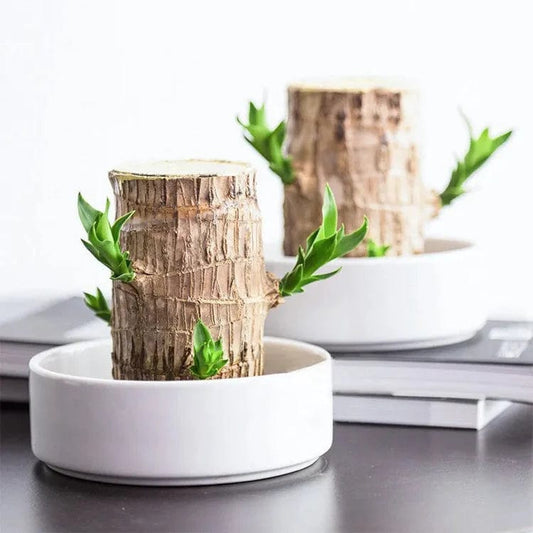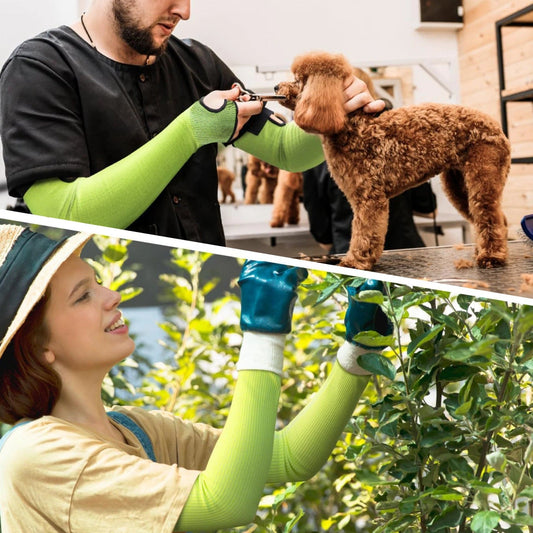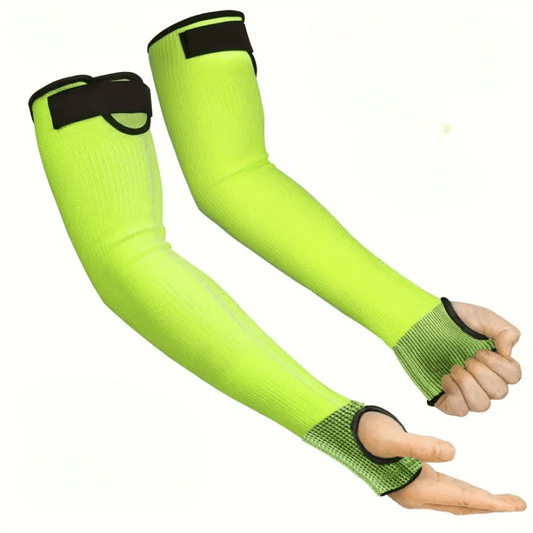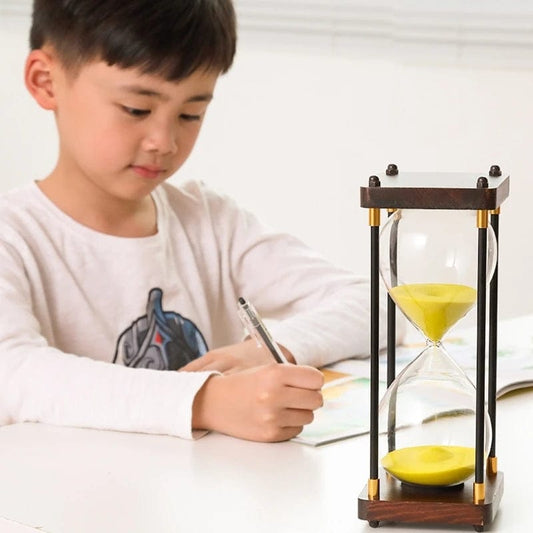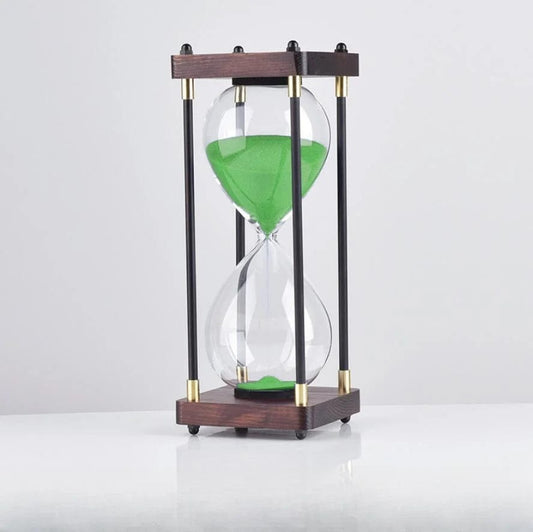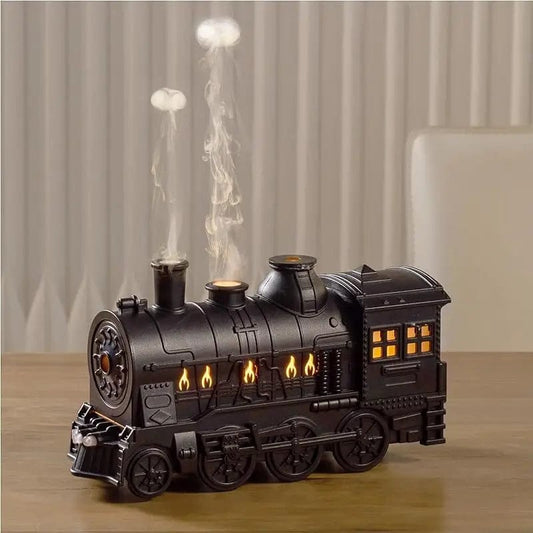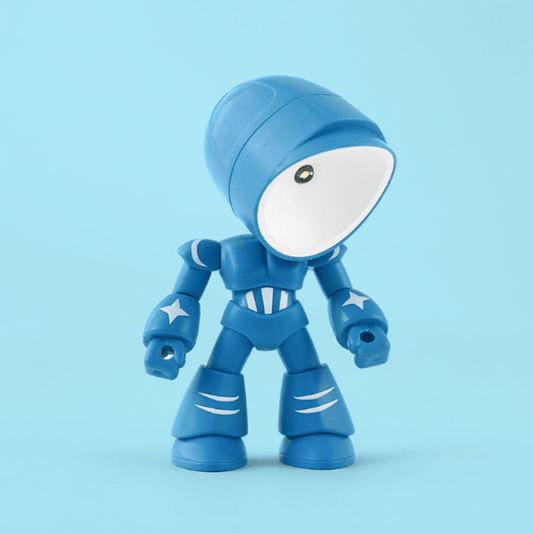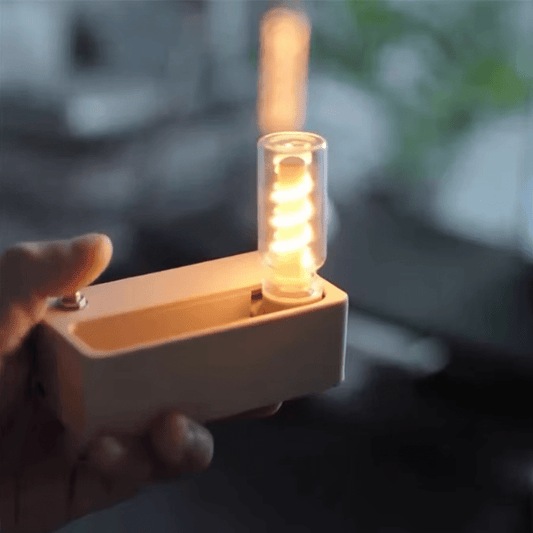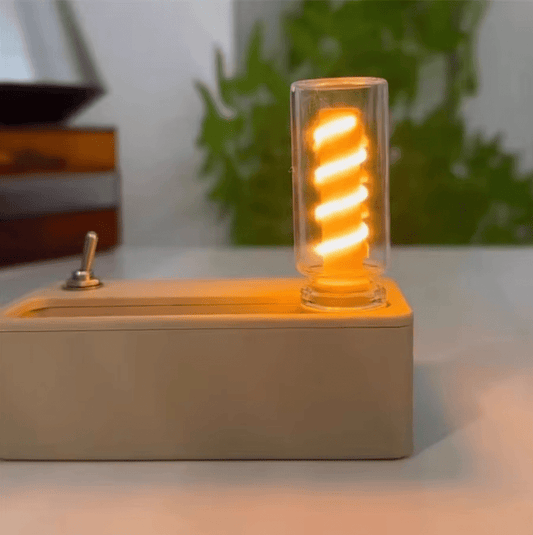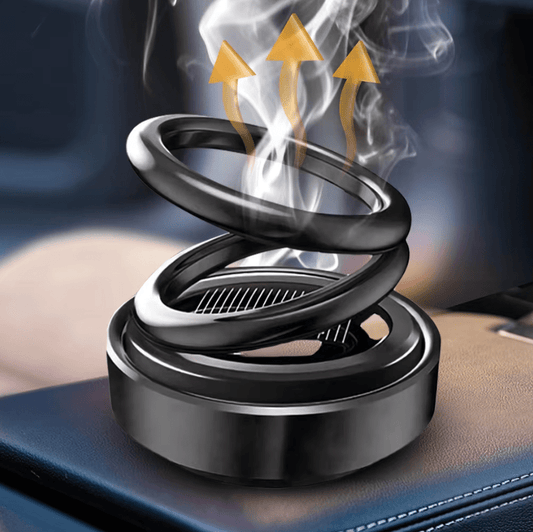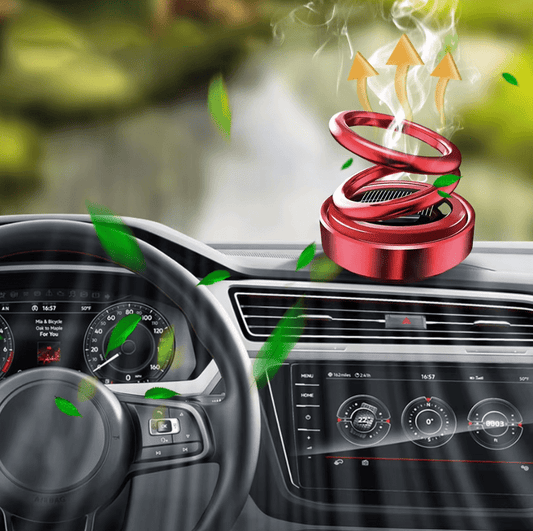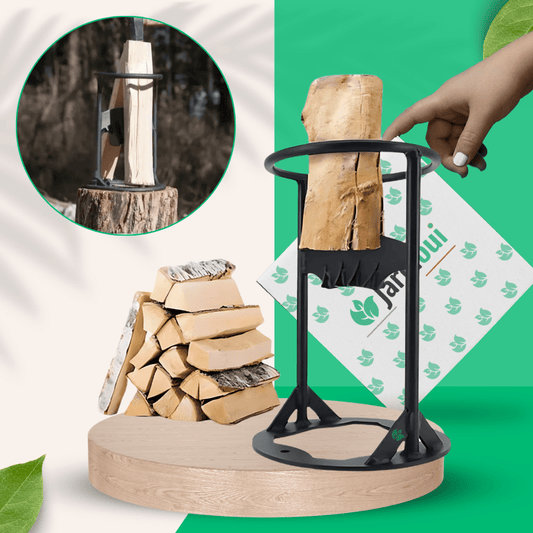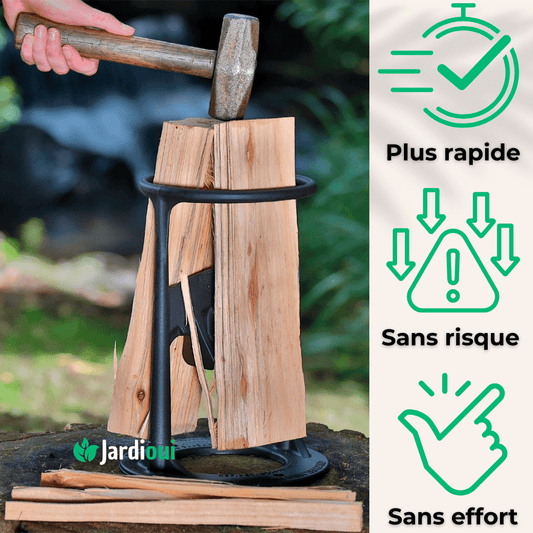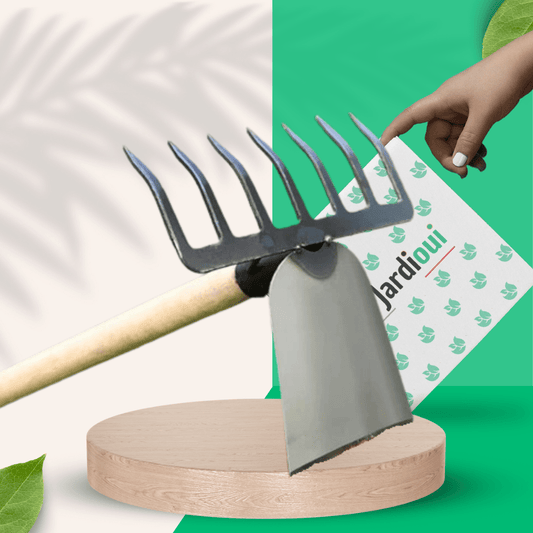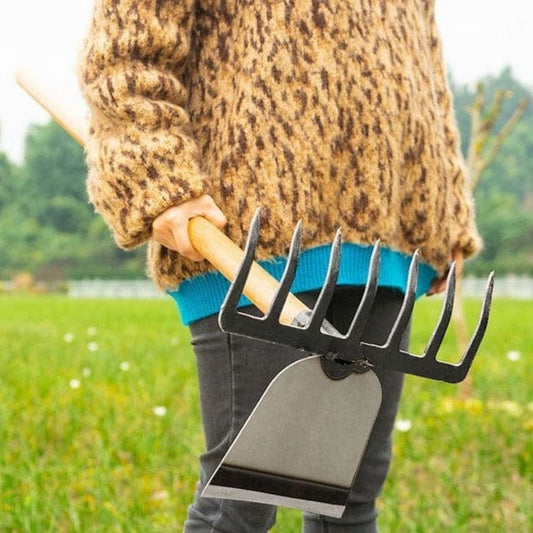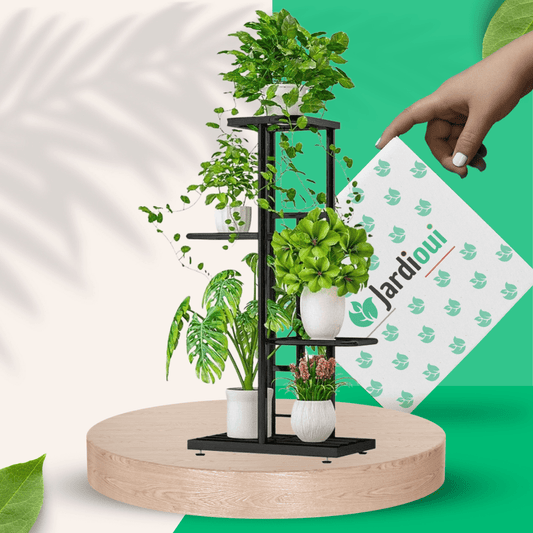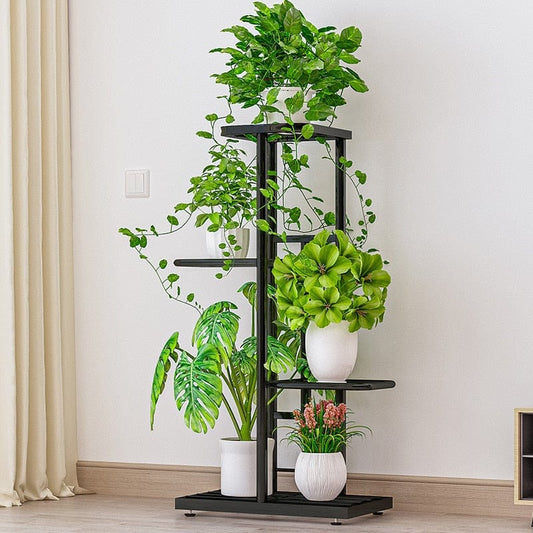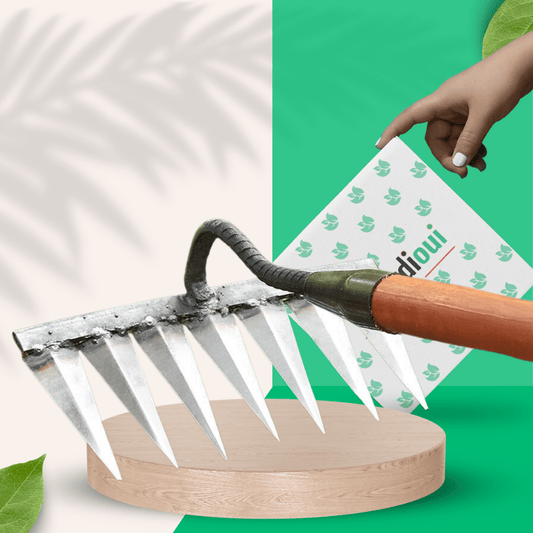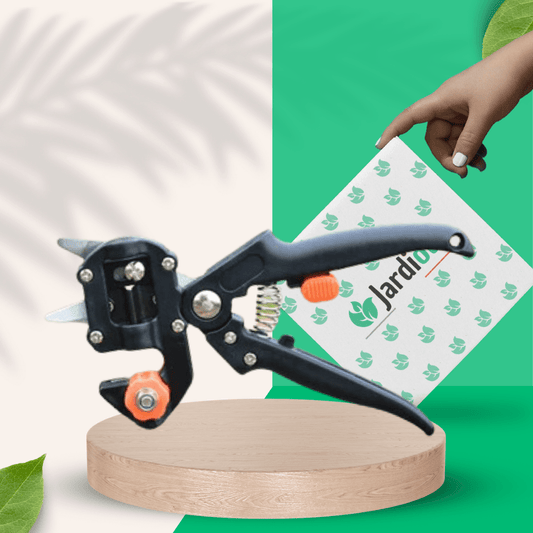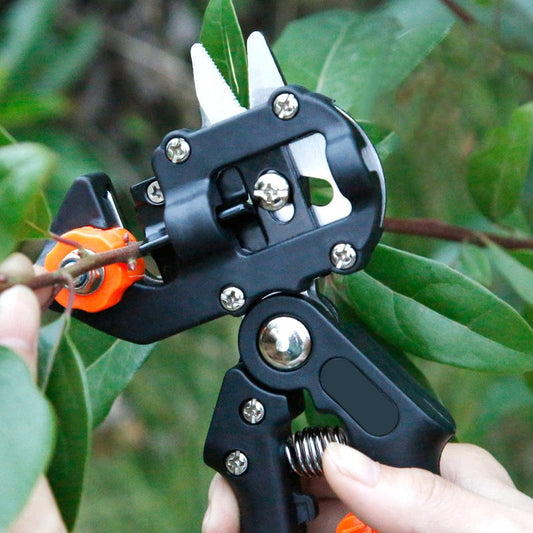Complete Guide to Optimal Irrigation of Your Garden

Most plants need regular watering to survive, and even the most drought-tolerant ones will occasionally need a little water.
Many factors play a role in determining how best to meet your garden's water needs.
The basics of irrigation !
Do you have a variety of water needs? Drought-tolerant plants, lawns, perennial beds and vegetable gardens all require varying amounts of water and frequencies of watering wateringdifferent. When planning your yard or garden areas, think in advance about how much water each plant needs and group plants that have similar needs.
This will make watering more manageable (and save water) when all plants in an area receive the same amount of water and at the same frequency. It also helps keep neighboring plants healthy by avoiding overwatering drought-loving plants orunderwateringwater-loving plants, simply because they are located next to each other. next to each other. Additionally, keep in mind that the shallow roots of annuals will need more frequent watering than deep-rooted perennials.
What is your climate?
A hot and windy or cool and cloudy climate not only requires different amounts of water, but also different application methods.
When it comes to climate, making sensible plant choices is one of the best things you can do for your garden - trying to grow tropical plants in the desert will only cause stress to yourself and your plants.
What is your average rainfall?
Precipitation adjustments can be made daily, weekly, monthly or seasonally.
If you're lucky enough to live in an area where Mother Nature takes care of some watering for you, make sure you have a watering system that allows you to adjust accordingly.
Is your site flat or sloping?
Application methods and flow rate will be different for water that will remain on a flat surface and infiltrate or if it will flow down a slope.
Determining the proper watering schedule and amounts for flat land can already be difficult enough with differences in water needs, soil types or exposure; but watering on slopes adds an extra layer of complexity.
Considerations must be made to compensate for gravity, trajectory angles, andpressure differences due to altitude changes.
Check valves should also be installed on lower levels to prevent residual water from flowing out.
Does your garden get a lot of sun or is it shaded?
Evaporation from the sun can steal up to 50% of the precious water in a sunny garden. Shaded areas retain moisture longer and can become waterlogged.
Define the different areas of your yard or garden.
Areas that receive full sun would probably be better off with drip or soaker hose irrigation that protects against evaporation, as would areas prone to wind.
Areas in constant shade should have a different schedule than those in full sun, as they may soon become overwatered compared to hotter, drier areas.
What is the composition of your soil?
Sandy, clayey, rich, rocky—all play a role in how water is absorbed and ultimately drained from an area.
Clay soil is often described as heavy. Water is absorbed slowly and spreads, and clay can hold a lot of it. It's best to water clay soils at a slow rate to allow water to seep through.
Clay soil is prone to cracking when it dries and roots may have difficulty penetrating it.
The best amendments for clay soil are compost or organic matter to improve drainage.
Sandy soil allows water to infiltrate directly without retaining much. Plants will need to be watered more often and in a wider arc to allow the roots to spread.
The best amendments are compost or organic matter to help retain moisture.
Loam soil is a combination of sand, silt and clay and is best for plant growth.
Silt is rich in nutrients and distributes water evenly with good drainage.
Most gardeners will have a combination of answers to the questions above — you can have sunny and shady areas; a combination of flat surfaces as well as slopes; or some areas may be windier than others.
A good understanding of all of these factors will help you make the best choices for tailoring the right garden watering system — or combination of systems — to the individual needs and areas of your garden.
IRRIGATION METHODS
1- Pop-up sprinklers
Retractable underground systems that spray water are typically used as lawn irrigation systems or to distribute water over a large area. They can be quite water hungry, withup to 50% of the water evaporatingon hot, windy days before it even reaches its destination.
Another disadvantage is that by diffusing water from above, fungal diseases that thrive on wet foliage can spread easily. However, an advantage is that the amount of water and the area watered can be adjusted and adapted to the size and shape of your lawn. Plus, they are generally less expensive than other options.
2- Drip irrigation
A system of pipes and nozzles (drippers) to target exactly where the water is going. Drip irrigation systems require some planning to install, but they save water by putting it only where it is needed and applying it at a pace slow enough that none is lost through runoff or evaporation.
In areas where water is scarce or its use is restricted, drip systems can optimize garden water use.
Another advantage is that the foliage remains dry and fungal diseases do not spread easily. This makesdrip irrigation a good option for watering tomatoes and other vegetables.
3- Soaker Hose
Similar to drip systems, but much cheaper. Soaker hoses release water directly into the ground, and the water conservation benefits are the same as with drip systems. There are various types of plastic pipes, rubber or canvas. Some are designed to permeabilize water across their entire surface, while others have tiny holes.
They can be moved around the garden and activated manually, or left in place and connected to a timer-controlled valve.
4- Portable sprinklers
Probably the cheapest option in terms of equipment cost; however, portable sprinklers can be very ineffective.
Most spray water into the air and much of it may evaporate before reaching the ground or be carried by the wind to other areas. Sprinklers often deliver water faster than the ground can absorb it, causing waste and runoff. However, they can be useful for punctually watering a small area.
5- Garden hose
If you prefer a more manual approach, don't have a very large area or just need to water occasionally, then grab the hose and start watering. water.
An advantage ofhand wateringis that it allows you to spend time with your garden. Watering with a hose can be wasteful, but if that's not a problem where you are, then go ahead and spend some time in your garden.
6- Watering can
If you only have a few potted plants or a very small garden, a good old watering can can do the trick.
Watering Cans allow you to place water at the base of plants to keep foliage dry, or water from the top to give plants a gentle rinse. They are also handy for watering houseplants.
